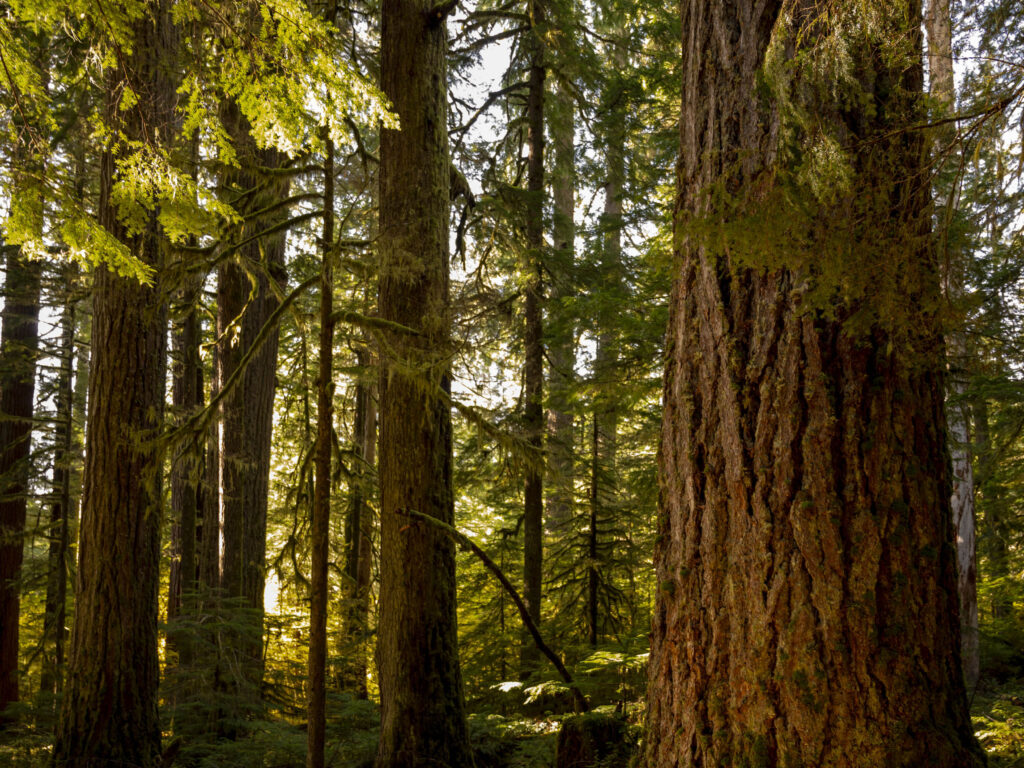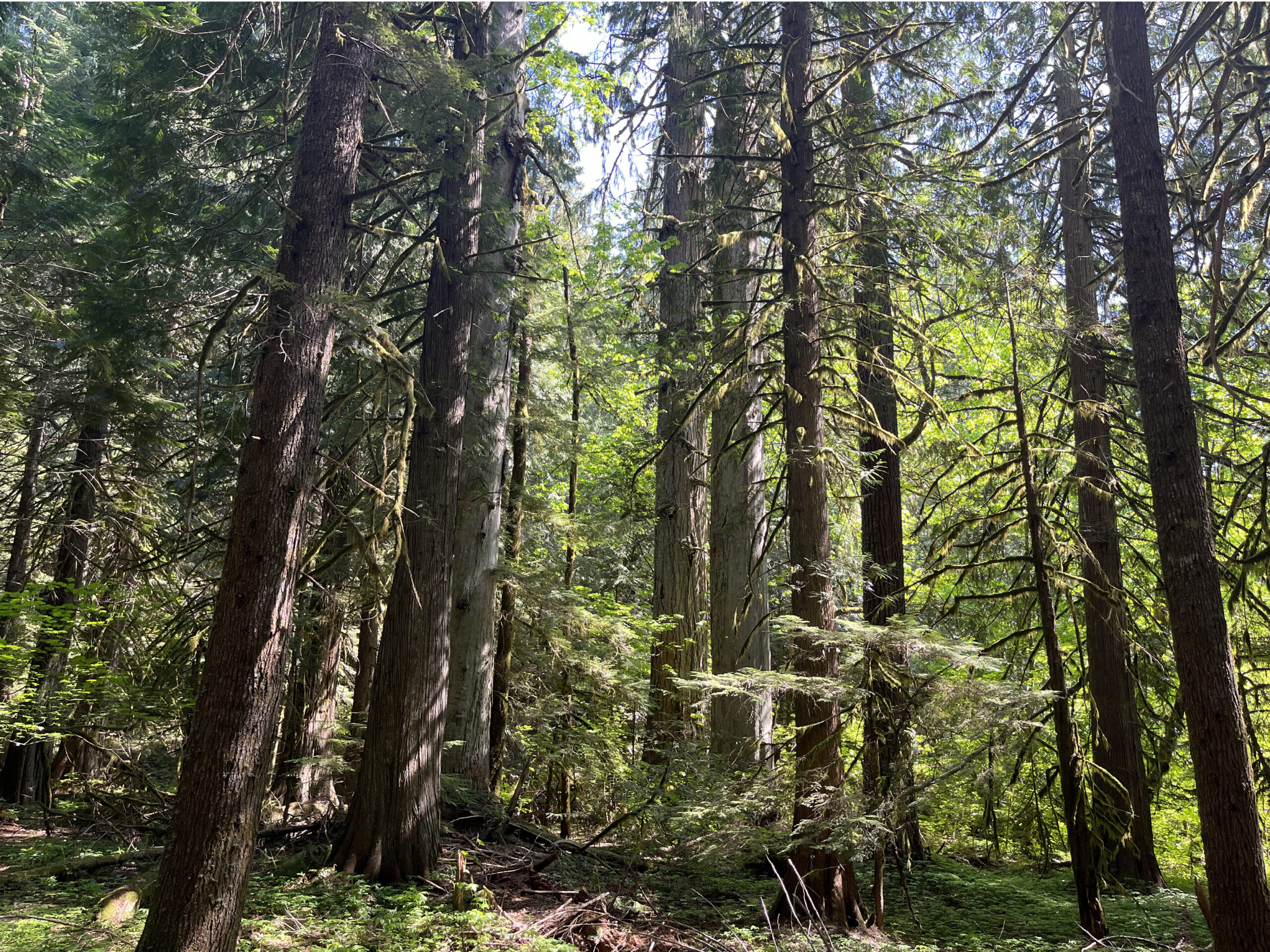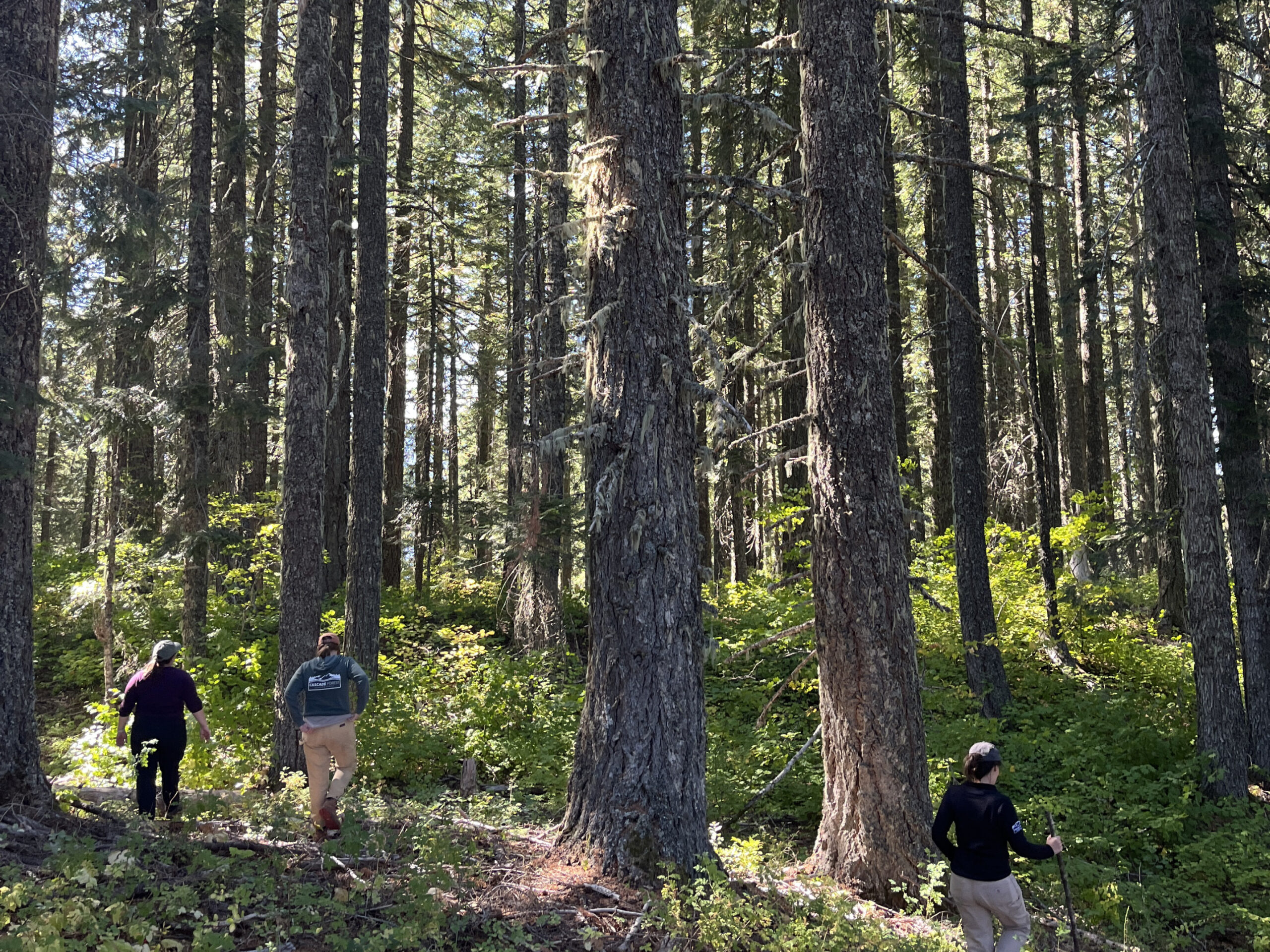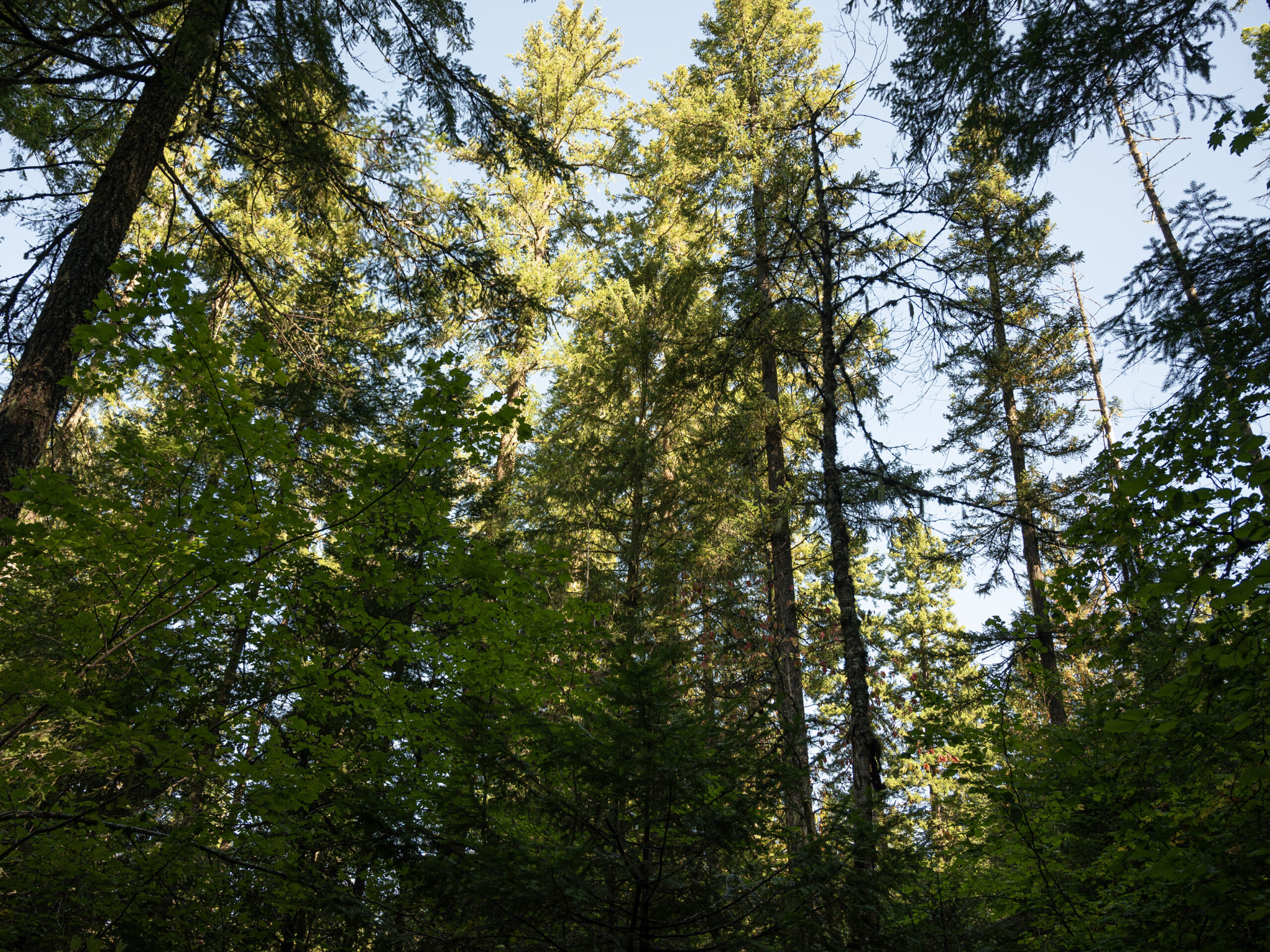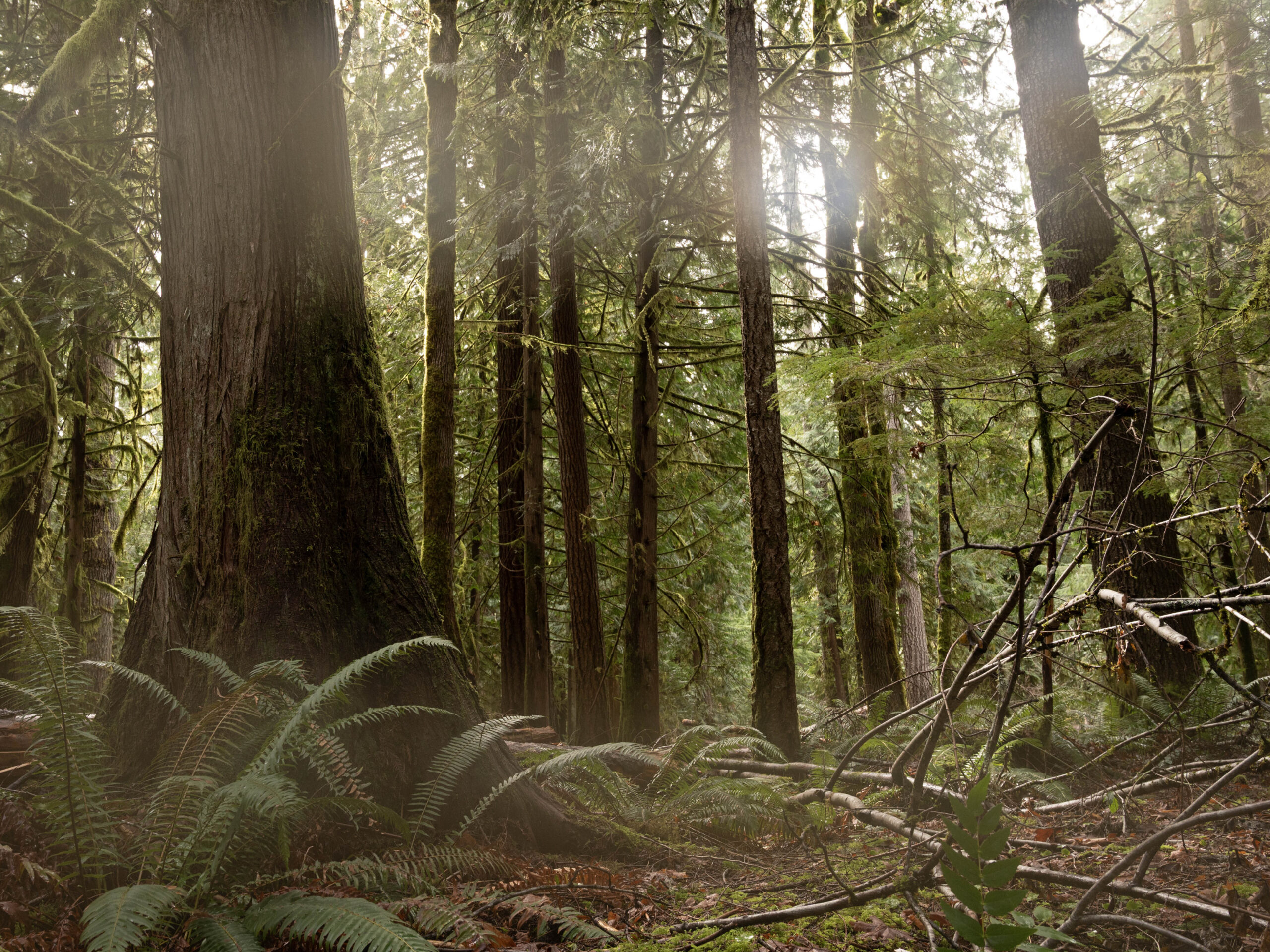President Biden’s Earth Day Executive Order has real potential to be the start of an important shift in the way forests on federal lands (and beyond) are managed. In the fact sheet provided by the Administration, concerns about climate are front and center. The Order recognizes that forests serve vital functions helping to slow the acceleration of climate change and acknowledges the outsized impact of mature and old-growth forests in capturing and storing carbon.
Biden’s Order directs federal agencies to create a consistent definition for old-growth forests that accounts for regional and ecological variation and to complete an inventory of mature and old-growth forests on federal land. This inventory will be made available to the public and could serve as a useful tool for conservationists and scientists across the nation.
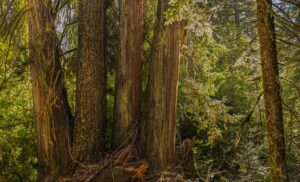
The Executive Order also aims to aid rural economies by supporting community-led efforts to create and sustain jobs in the outdoor recreation and sustainable forest products industries, requires agency-specific reforestation targets, and calls for expanded seed collection projects.
Additionally, the Earth Day Order is directing the government to study and evaluate the vital functions that forest ecosystems provide beyond producing extractable resources. Calculating the monetary value of the many benefits these places provide to society (such as healthy populations of pollinating insects, clean air and water, and carbon sequestration) is a key component in re-imagining how we think about resource management.
Language in the Administration’s fact sheet also recognizes the importance of nature-based solutions to habitat restoration and wildfire risk mitigation. We’re encouraged that Biden’s Order calls for a report on nature-based solutions (projects like CFC’s work installing beaver dam analogs) to slow climate change and enhance habitat resilience.
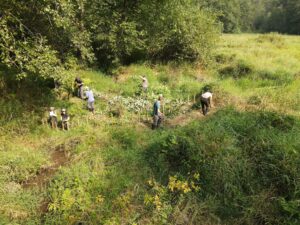
These are all positive steps forward. But what ultimately results from this Order will depend on us. While the Order itself does not prohibit or offer updated guidelines related to logging, it does direct federal agencies to analyze threats from wildfire and other climate impacts facing the mature and old-growth forests they inventory, and to develop new policies to “institutionalize climate-smart management and conservation strategies.”
These new forest management policies aimed at safeguarding mature and old-growth forests will be created through a process “with robust opportunity for public comment.” That means that scientists, conservationists, organizations like CFC, and people like you who care for the future of our forest and environment will all have a role in shaping the policies that will guide how our public resources are used and stewarded for years to come.
Public lands belong to all of us and how they are managed will have an impact on all of our lives, for better or worse. Biden’s Order is an important first step in a process that is only just getting started. It represents an exciting opportunity to work together, speak up, and make a lasting positive difference for our climate, our forests, and our communities.



